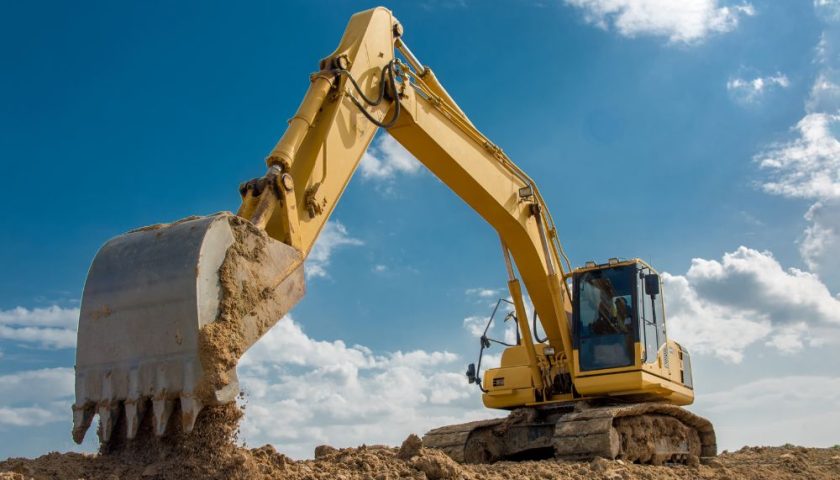New York City’s post-pandemic era will only go as far as public transit will go, and riders will only return when they feel safe. That’s why the private tech sector is stepping up to support a safer transit network, creating a model to solve other public challenges in the process.
Before the Covid-19 lockdowns, New York City’s subways carried 5.5 million riders a day. Fast forward two pandemic years and riders are hesitant to reestablish their subway and bus travel habits. While we’re starting to see a slow turnaround, concerns about personal safety and security are emerging as the most significant barriers to a return to transit.
The result is fewer people returning to the office, less economic activity in the city’s central business districts, and ultimately struggling local businesses dependent on a flood of office workers.
It means more people driving instead of taking subways and buses, which means more cars on our roads, leading to more congestion, pollution and lost productivity.
In a recent survey, 74% of New York City office workers cited personal safety as a major barrier to returning to the office. Gov. Hochul, Mayor Adams, and Police Commissioner Sewell have developed important measures to address rising crime and its causes. In traditional New York fashion, the private sector is growing as well, led by tech companies coming up with innovative solutions to support public safety on transit.
Earlier this year, the Transit Tech Lab, a public-private initiative between the New York City Partnership and the Metropolitan Transportation Authority, launched a Covid-19 recovery challenge, imploring the global technology community to restore confidence in the region’s transit network. Ten startups — selected from nearly 150 international applicants — pitched and tested their solutions with transportation agencies in New York and New Jersey.
The technologies range from machine learning and computer vision to 3D LiDAR hardware, which has demonstrated capabilities for detecting unsafe behavior from derailing and fare evasion. These solutions are a must-have resource for transit agencies as they work to make our transit networks safer.
The laboratory model has also proved effective in past crises. During an overnight subway shutdown to disinfect the system during the pandemic, lab graduate Axon Vibe quickly created a digital platform to remap bus routes to help travel planning for essential workers. As customers increasingly use mobile devices, Lab, the MTA and designer Work & Co. developed the world’s first live subway map, which shows train locations and planned and unplanned service changes as they occur.
As the region seeks to rebuild and restore self-confidence, government agencies must seek additional opportunities to leverage the knowledge and innovation of the global technology community. More than any other industry, technology companies are more nimble and adaptive in anticipating needs and addressing public issues. The lab has helped regional transit agencies, some of the largest in the world, use technology to improve on-time performance and enhance the customer experience. It will serve as a blueprint for other public sector agencies as they look for new ways to adapt to a post-Covid world.
Stacey Matlen is Vice President of Innovation at Partnerships in New York City.




